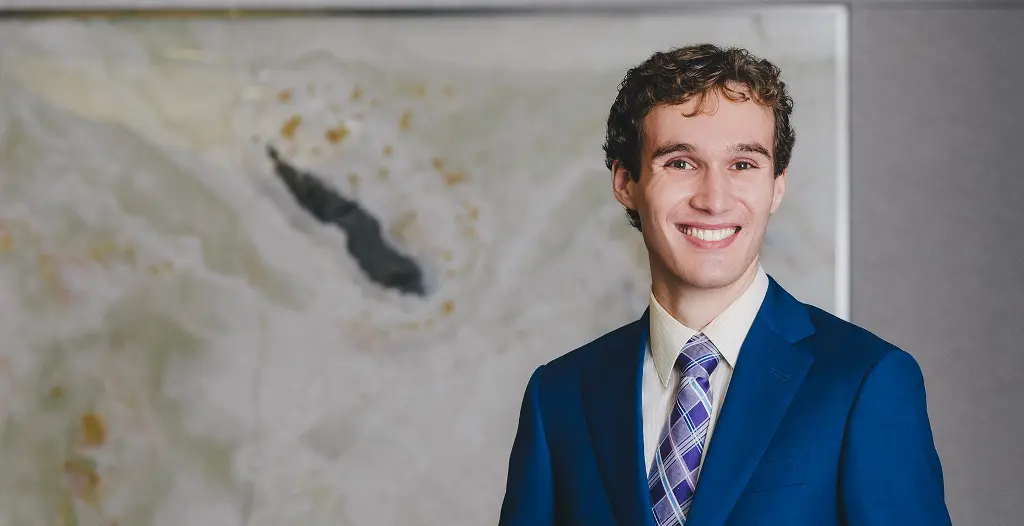Supreme Court of Canada Recognizes ‘Making Available’ Right
In the recent Society of Composers, Authors and Music Publishers of Canada v. Entertainment Software Association, 2022 SCC 30 decision, the Supreme Court of Canada recognized that copyright owners may prevent others from offering to stream copyrighted works, even if no actual streaming or downloading occurs.
SOCAN, the collective society representing songwriters and music publishers, sought to differentiate streaming into two rights — one was the “making available” right (offering to stream) and the other was the “performance” right (actually streaming). While the Supreme Court agreed that a making available right existed, it was part of the performance right, and therefore no separate royalty was required.
Copyright is infringed by offering to stream copies of a work.
This will be a powerful new tool for copyright owners to enforce and protect their copyright against counterfeiters, bootleggers and pirates, especially electronic piracy of software, TV and films.
The Downloading and Streaming Distinction
In the recent decision, the Court held that the Copyright Act grants authors three rights: (1) a reproduction right, (2) a performance right and (3) a first publication right. Every other right, including those explicitly enumerated under s. 3(1)(a)–(j), are merely illustrative of the reproduction, performance or first publication right. A single activity may only engage one of these three copyright interests. Any activity that does not engage a reproduction, performance or first publication right is not protected by copyright.
In the Court’s view, reproductions and performances affect an author’s rights differently. Once a reproduction is created, authors have no ability to control when, how or how often the reproduction is used. In contrast, a performance is experienced once by its audience, so authors have greater ability to control the work’s realization. The Court maintained the distinction between these rights, finding downloading to be a reproduction and streaming to be a performance.
While the distinction between downloading and streaming captures the distributor’s intention, it is artificial from a technical perspective. Both downloading and streaming involve sending a complete copy of a work over the internet. The only difference is that streaming applications treat the copy as temporary and delete it after it is played, while a downloaded copy is kept indefinitely. The line is further blurred in practice; many streaming services allow “offline streaming,” where users download offline copies of songs or movies that are automatically deleted after being played or following a limited period of time.
Making Available Is a Protected Right
The Court held that s. 2.4(1.1) of the Copyright Act — which expands s. 3(1)(f) to include “making it available to the public by telecommunication in a way that allows a member of the public to have access to it from a place and at a time individually chosen by that member of the public” — did not create a separately compensable activity.
The Court held that the making available right under s. 2.4(1.1) has two effects: (1) s. 3(1)(f) applies to on-demand streams, and (2) a work is performed as soon as it is made available for on-demand streaming. The second effect is a shift in copyright law, as it effectively means that a work may be performed without any performance.
Although downloads do not engage s. 3(1)(f) or performance rights, the Court held that an offer to make copies available for download also engages copyright through reproduction and authorization rights. If someone makes a work available for downloading, they implicitly authorize the work’s reproduction and infringe copyright through reproduction and authorization rights. The act of offering to make infringing copies is an infringing act, even if no infringing copies are made.
The making available right simplifies infringement through “pull” means (i.e. where infringing copies or performances are only created on request). Historically, infringers would make infringing goods first (e.g. counterfeit designer handbags or bootleg DVDs), which they would then sell. Infringement occurred upon copying, so a copyright owner only needs to identify a store’s inventory of bootlegs or imports of counterfeits at the border to enforce its copyright. In the internet age, infringers can immediately create and send an infringing copy online, making it difficult to prove infringement is occurring since the infringer never actually has possession of an infringing copy. The making available right combats this problem by extending infringement to offering to make infringing copies before they are made.
The Court’s decision seems to render s. 27(2.3) — infringement by providing an internet service primarily for enabling copyright infringement — obsolete. The provision is intended to capture people who “enable copyright infringement” and when “an actual infringement of copyright” occurs. Given that making copyrighted material available by either streaming or downloading is copyright infringement, “enabling copyright infringement” will largely already be copyright infringement.
New Tools for Enforcement
While copyright owners cannot claim double royalties, the Supreme Court’s recognition of a making available right creates a new mechanism to stop infringing copies from ever being made. By enforcing a making available right, copyright owners are in a better position to combat on-demand creation of infringing copies or streams. Copyright owners should seek legal advice on how they can improve their copyright enforcement strategies.


